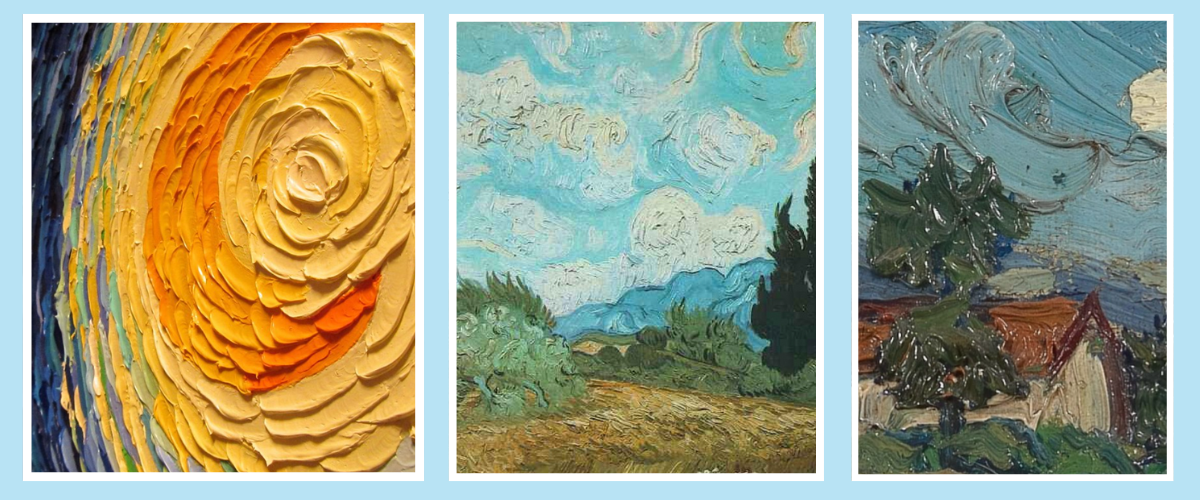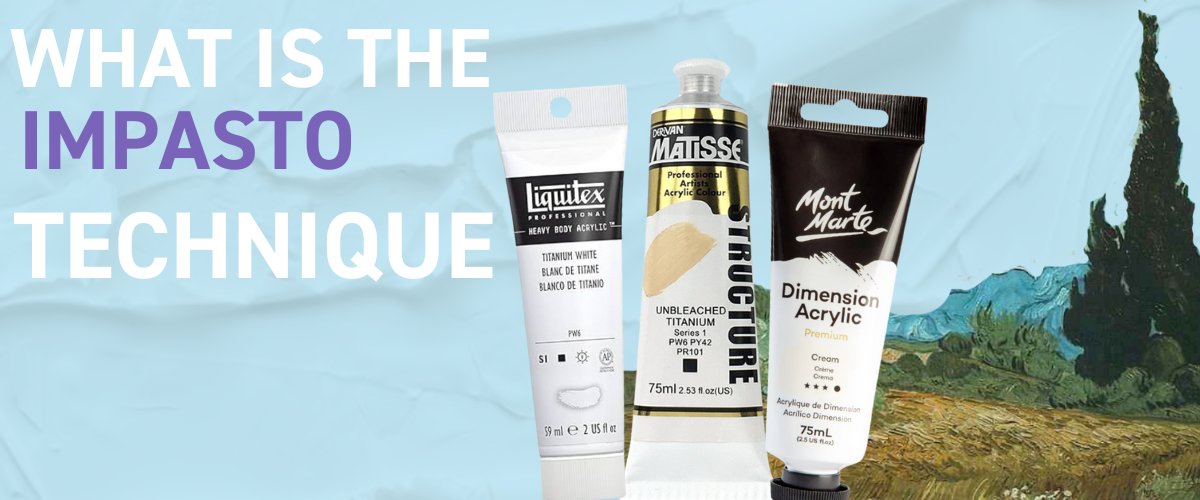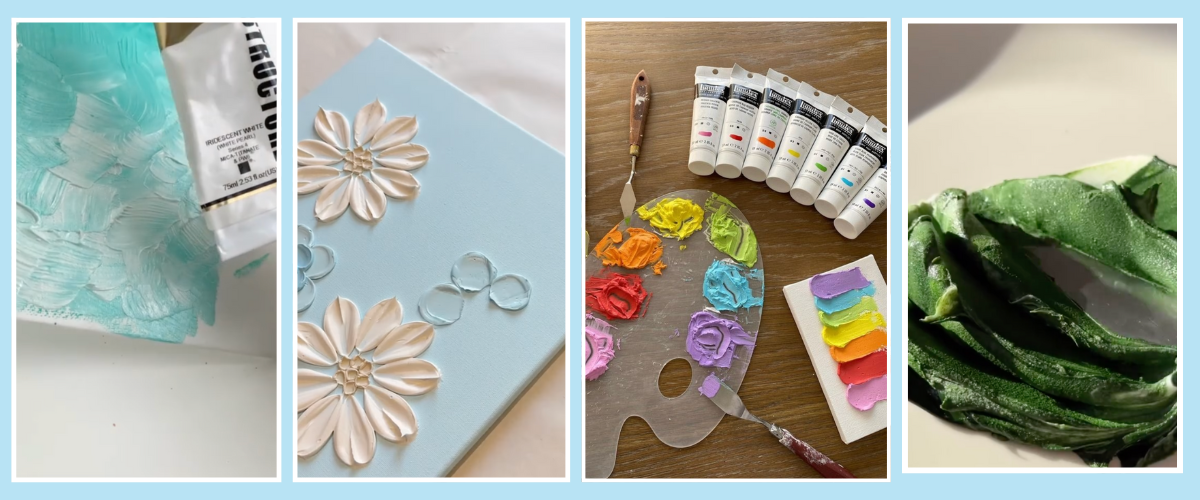Mastering the Art of Impasto: Acrylic Painting Techniques for Texture & Depth
Learn how to use impasto to create bold, textured acrylic artwork with our top paints and techniques.
Master the impasto technique with heavy body paints - a complete guide to textured art

What Is the Impasto Technique?
Impasto is a painting technique where thick paint is applied to a canvas, allowing visible brush or palette knife marks to remain. The result is a textured, dimensional surface that captures light and adds dramatic expression to your work. The paint is sculpted rather than smoothed, inviting a tactile and emotional experience for both the artist and the viewer.
If you've ever admired Van Gogh's Starry Night, you're already familiar with impasto. His iconic swirling skies showcase the power of thick paint to convey emotion and energy.

A Brief History of the Impasto Technique
The impasto technique has evolved over centuries but has always been tied to one core idea—using paint texture to evoke emotion and depth.
Renaissance to Baroque
Impasto first appeared in the Renaissance but truly came into its own during the Baroque period. Artists like Rembrandt used thick applications of paint to add lifelike detail and light to portraits and dramatic scenes.
Impressionism and Van Gogh
By the 19th century, artists like Vincent van Gogh were pushing impasto to emotional extremes. His heavy brushstrokes gave a raw, expressive energy to works like Wheatfield with Crows, becoming a hallmark of his unique style.
Modern Acrylic Impasto
With the invention of acrylic paint, impasto became more accessible. Acrylics dry faster than oils and are easier to clean up, making them ideal for modern artists who want to build layers quickly without long drying times.
What Kind of Paint Do You Use for Impasto?
To achieve proper impasto, you need paint that is thick and holds its shape. Heavy body acrylics are ideal, as they are rich in pigment and have a buttery consistency perfect for creating texture.
Using Impasto Mediums or Pastes
You can also mix an impasto medium or modelling paste into regular acrylics to increase their thickness. This method is perfect for artists who want to stretch their paints further or create sculptural white textures to paint over later.
Ready-to-Use Heavy Body Paints
If you prefer a no-fuss approach, opt for ready-made heavy body acrylics. These paints are pre-loaded with texture and perfect for spontaneous brush and knife work.

Best Acrylic Paints for Impasto Painting

Liquitex Heavy Body Acrylics
- Holds knife and brush marks without flattening
- Compatible with all Liquitex mediums
- UV and lightfast for longevity
- High pigment load for vibrant colour
Best for: Artists who want pro-level results with strong permanence and control.
Click to browse the entire Liquitex heavy body range
Matisse Structure Acrylics
- Thick, blendable texture
- Fantastic for palette knife work
- Made in Australia with beautiful earthy tones
- Excellent value for artist-grade quality
Best for: Aussie artists who want rich colour and expressive strokes without compromise.
Click to browse the entire Matisse structure range
Mont Marte Dimension Acrylics
- Creamy, high-pigment consistency
- Holds brush and knife strokes
- Great for beginners and student artists
- Affordable without sacrificing texture
Best for: Newbies or creatives on a budget looking to try impasto without the price tag.
Click to browse the entire Mont Marte dimension range
How to Use the Impasto Technique with Acrylics

1. Palette Knife Techniques
Use a palette knife to apply thick paint in swipes or scoops. Great for abstract art and bold landscape highlights. You can blend colours directly on the canvas for dynamic, spontaneous effects.
2. Expressive Brushwork
Choose a short, stiff-bristled brush and lay on the paint with visible strokes. Don’t blend too much—the texture is the hero here. Think Van Gogh’s energetic lines and movement.
3. Layering for Depth
Let each layer dry before adding the next to avoid muddiness. Layering builds visual and physical depth and gives you more control over shape and texture.
4. Use Light Intentionally
Because impasto paint sticks out from the canvas, it catches light naturally. Use this to your advantage by planning where shadows and highlights will fall—perfect for extra drama.
Final Thoughts: Texture That Tells a Story
Impasto is more than a technique—it’s a way of making the painting itself part of the storytelling. Whether you're just starting out or you’ve been painting for years, experimenting with impasto can add a whole new dimension to your art. With the right tools, thick paints, and a fearless mindset, your next masterpiece is just a brushstroke away.









